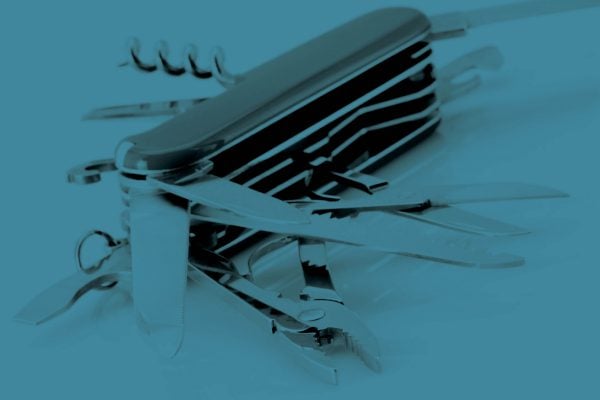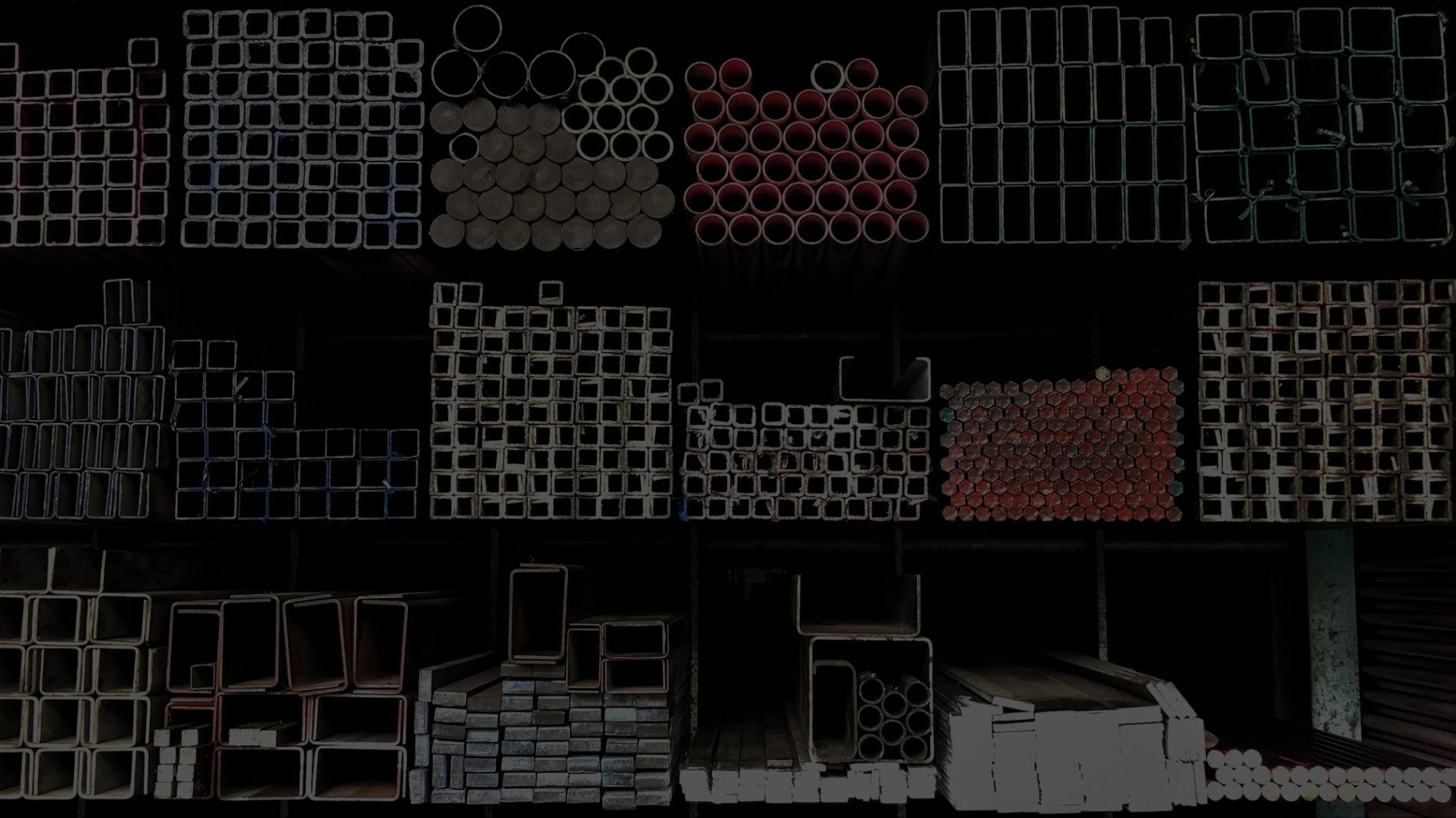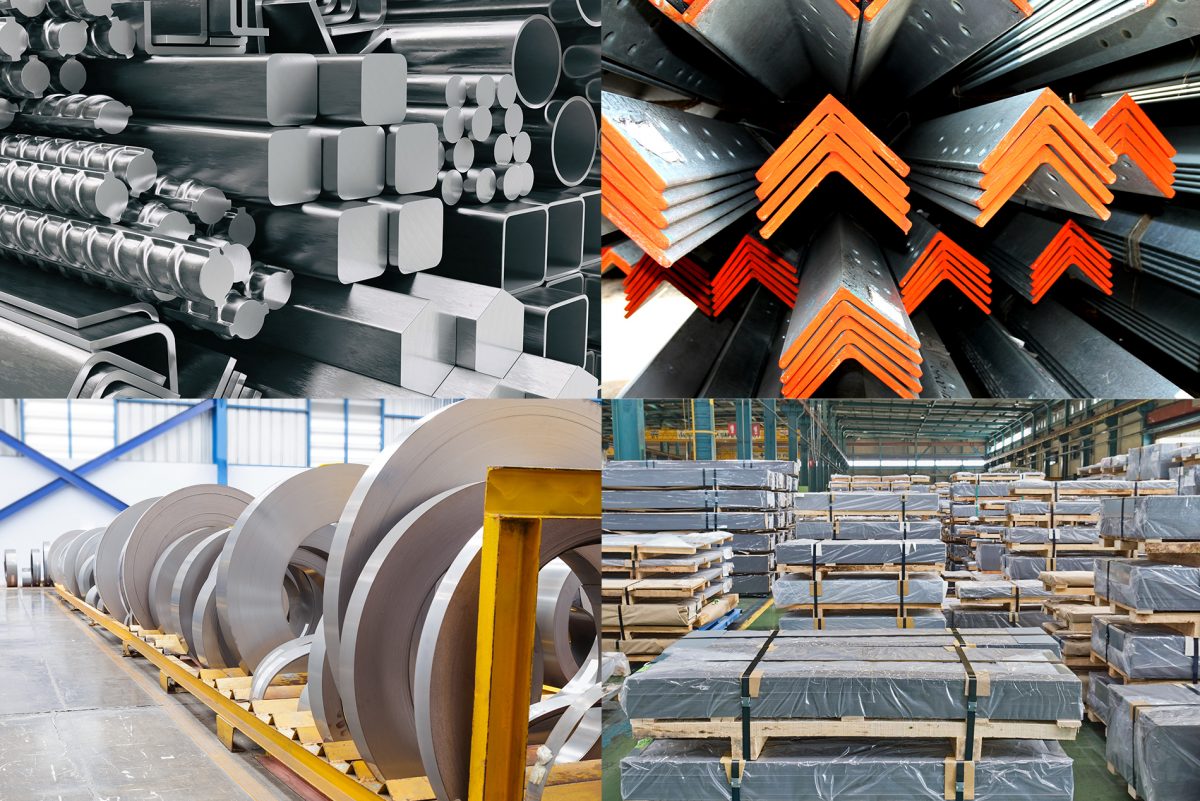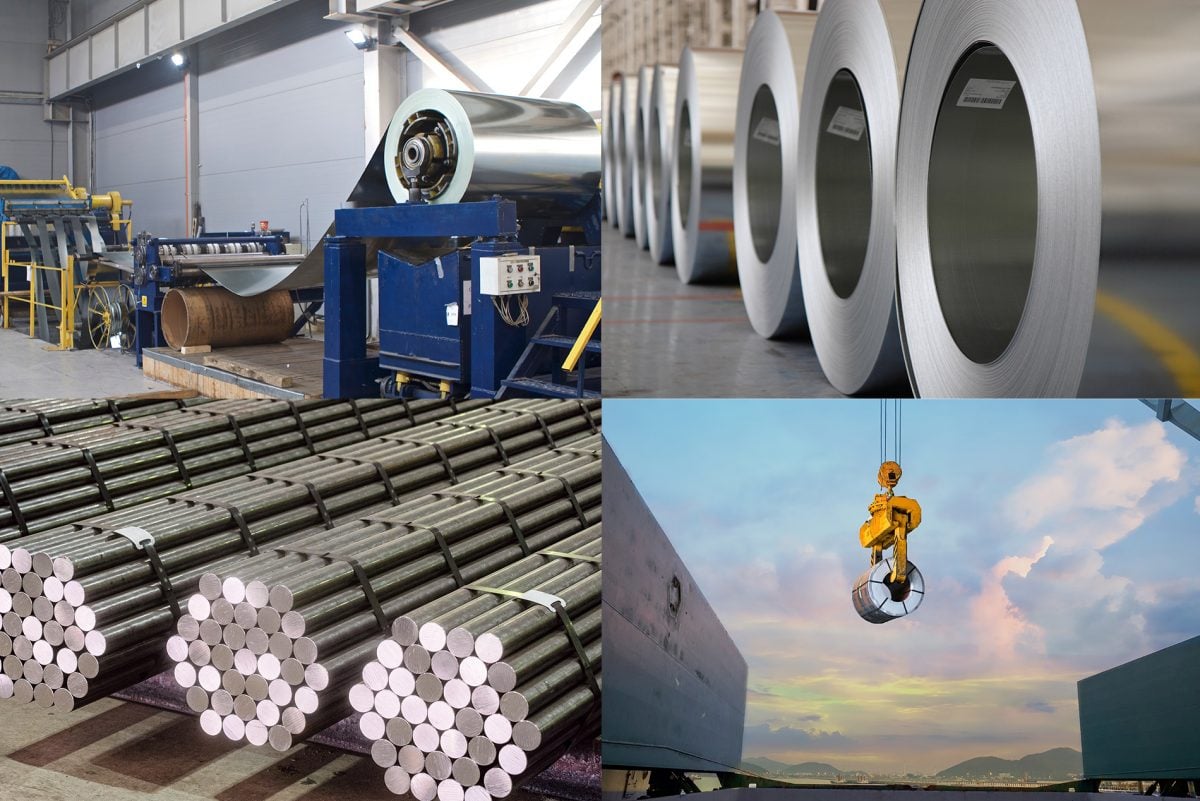
Quality
The Swiss Army Knife of Manufacturing
June 22, 2020

Shortly before a star dies, it begins producing carbon, the fourth most abundant element in the universe. Without carbon, life as we know it would not exist. Nor would pencils, diamonds, and that foundation of modern industry, steel. The World Steel Association will tell you there are more than 3500 different grades of steel, most of which have been developed over the past two decades.
But what is steel? How is it made, what is it good for, and how can there possibly be so many different types? We’ll explore these topics here and in future installments of Materials Monday, but to answer the first question, steel is an iron alloy that contains no more than two percent carbon. Anything more than that and steel edges into iron territory, an important but far less useful metal. Simple, right?

Not really. As mentioned, there are thousands of different steel alloys available on the market today, each defined by A) the relative amounts of alloying elements it contains, B) how the steel was made, and C) what secondary operations were done to the steel after its initial production. More on each of these later.

Of course, these four neat categories fall far short of describing the tremendous variation within the steel family—an A2 tool steel, for example, is metallurgically light-years away from 1018 mild steel, just as 316 stainless steel is a completely different animal than 440C, differences we’ll attempt to describe in the future.

And because everyone likes to have their own stuff, other countries have developed their own, oftentimes contradictory standards that must be reconciled and cross-referenced. Examples include the Japanese Industrial Standards (JIS) which specify the standards used for industrial activities in Japan, the Guobiao Standards (GB) which are the China National Standards, and the European Standards (EN) which are technical standards drafted and maintained by one of the three European standards organizations. For manufacturers like Prismier, who work on an international basis and cover the full spectrum of metalworking including tool and die making, stamping and forming, die casting, and CNC machining, keeping up with it all can be challenging work.
In future blogs, however, we’ll refer to the most commonly used standards—those published by AISI/SAE—unless otherwise specified. Stay tuned for the next edition of Materials Monday, which will talk a bit about how steel is made and dive into the most commonly used steel of all, carbon steel and its many varieties.
If you'd like to know more, pick up the phone and call us at (630) 592-4515 or email us at sales@prismier.com. Or if you're ready for a quote, email quotes@prismier.com. We'll be happy to discuss your options.